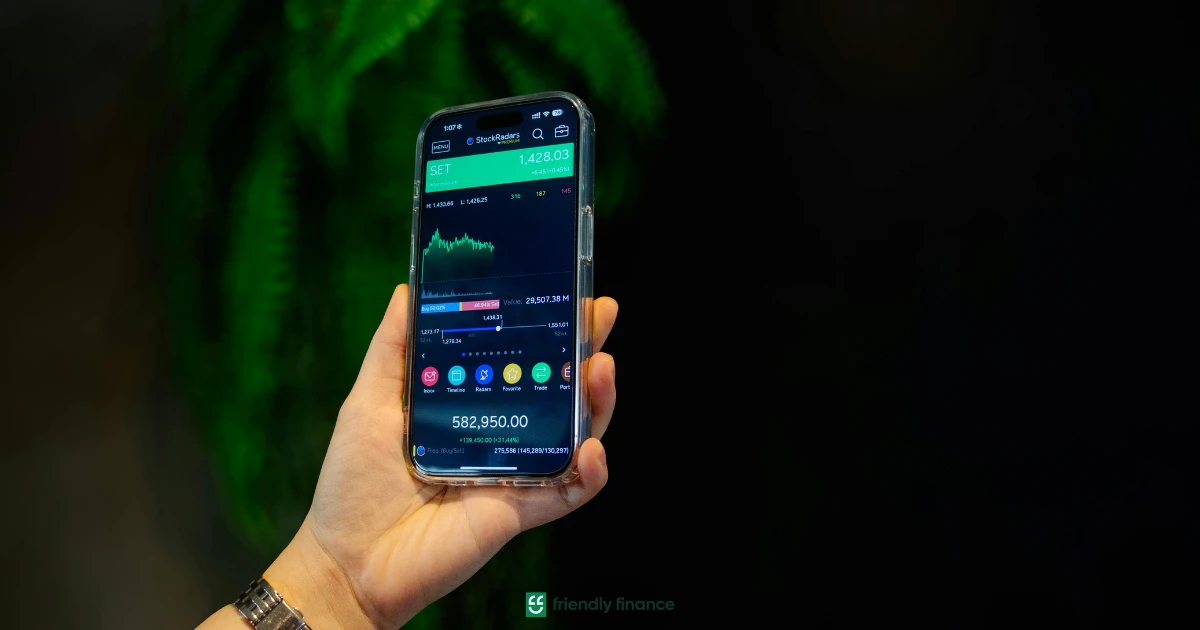How to Secure Your Digital Money: Wallet Types, Best Practices, and Safe Transactions
In the rapidly evolving world of digital assets, security remains to be a paramount vital concern for investors. Whether you’re a seasoned investor or a curious newcomer, understanding how to protect your virtual investments is crucial. This comprehensive guide delves into the types of digital money storages available, best practices for safeguarding your investments, and essential security measures to implement.
Ensuring safe transactions
It is crucial to use reputable exchange platforms. Research and select exchanges with robust security measures, such as encryption, multi-signature wallets, and strong regulatory compliance. Additionally, ensure that you are aware of the block confirmation requirements for ETH to ensure the transaction is fully secured.
Types of digital wallets
Hot wallets – Hot wallets are online digital fund storages that are connected to the internet. They are convenient for everyday transactions but are more susceptible to hacking and cyber threats. Examples of hot wallets include web wallets, mobile wallets, and desktop wallets.
Cold wallets – Cold wallets, on the other hand, are offline storage options that provide enhanced security. They remain offline, reducing their susceptibility to cyber attacks. Some good examples of cold wallets are hardware wallets and paper wallets.
Choosing the right wallet
When selecting a digital storage, consider your specific needs and the level of security you require. For frequent transactions and ease of use, a hot wallet might be suitable. However, for long-term storage of significant amounts of digital money, a cold wallet is the safer choice.
Best practices for digital money storage security
Use strong, unique passwords
Ensure that your digital fund storage is secured with a strong, unique password. Avoid using easily guessable information like birthdays, names, or common words when creating passwords. Instead, opt for a password manager to generate and securely store complex, unique passwords for each of your accounts.
Enable two-factor authentication (2FA)
Two-factor authentication adds an extra layer of security. By requiring a second form of verification, such as a text message or an authentication app, two-factor authentication (2FA) significantly reduces the risk of unauthorized access.
Regularly update software
Keep your software and any associated applications up to date. Developers regularly release updates to address security vulnerabilities and enhance functionality. Regularly updating your software ensures that you have the latest protections in place.
Backup your wallet
Regularly back up your storage to prevent loss of access due to hardware failure, loss, or theft. Store backups in multiple secure locations, such as encrypted external drives or secure cloud storage.
Be wary of phishing scams
Phishing scams are a common tactic used by cybercriminals to steal sensitive information. Be cautious of unsolicited emails, messages, or websites that ask for your credentials. Always verify the authenticity of any communication before providing personal information.

